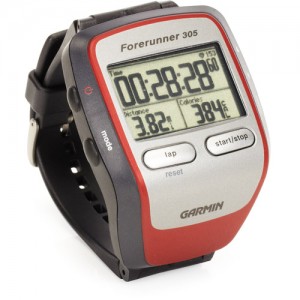I’m obsessed with numbers. I'm a runner and sometimes triathlete who recently dipped my toe in the world of relays. I wear this behemoth, even though it adds several ounces of weight to my run.
After each race, I lose myself for hours, glued to the results page dissecting the numbers and where I stand in the world of amateur triathletes and runners. I love seeing how I compare to my peers and how far I've come since the last race. So it's only natural that visual stats and social networking would entice me into using fitness apps such as Fitbit and Dailymile.
Designing for behavior change, otherwise known as persuasive design, hinges on understanding what makes your users tick. Persuasive design requires designers first to know what motivates users, and then to carefully design around that. Done well, this pulls in users, changes their lives, and keeps them loyal.
The foundation of persuasive design is information. However, data alone is not enough. Strong persuasive design:
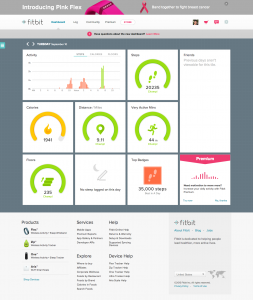

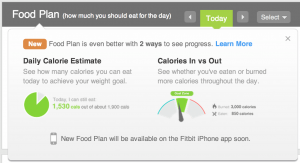

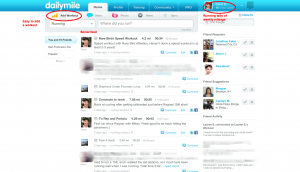



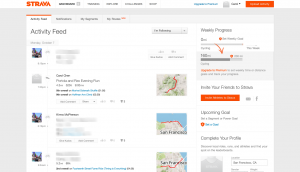
- Attracts and engages users,
- Gets users started with small steps, and
- Provides users with tips and just-in-time knowledge









